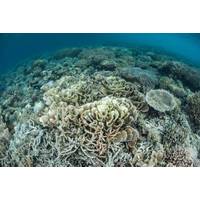
Global Coral Bleaching Crisis Spreading
ago, has shown few signs of slowing down, according to the International Coral Reef Initiative and data from the U.S. National Oceanic and Atmospheric Administration which track reef health. Instead, it has grown to be the most widespread on record, with 84% of reef areas - from the Indian Ocean to the Atlantic to the Pacific - subjected to intense heat stress for a duration expected to cause bleaching as of March 2025.Last year was the hottest on record and the first to reach over 1.5 degrees Celsius warmer than pre-industrial times, contributing to unprecedented ocean temperatures and triple the previous
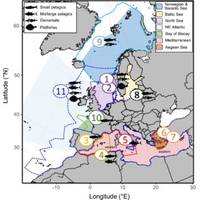
PML: How Climate Change Will Alter European Fish Distribution
by 2100.Meanwhile, some warm-water species in the Mediterranean, such as dolphinfish, may actually benefit from warming waters if properly managed.One of the study’s most striking findings is how fish distributions will shift as species follow their preferred temperature ranges. In the Northeast Atlantic, most species will migrate northward, with shifts ranging from just a few kilometres for haddock (3-25 km) to over 400 km for herring (230-430 km) by 2100. In the Mediterranean Sea, shifts will occur primarily along an east-west gradient, with changes in centroid location ranging from 2 to 786 km

Ocean Acidification: Warming’s “Evil Twin”
that acidification of the ocean surface is continuing, demonstrated by the steady decrease of global average ocean surface pH. The most intense regional decreases are in the Indian Ocean, the Southern Ocean, the eastern equatorial Pacific Ocean, the northern tropical Pacific and some regions in the Atlantic Ocean.Projections show that ocean acidification will continue to increase in the 21st century at rates dependent on future emissions, and the report points out that changes in deep-ocean pH are irreversible on centennial to millennial time scales.New ways of studying ocean acidification are being
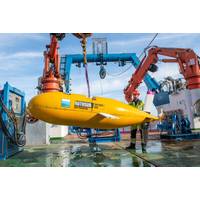
NOC AUVs To Boost Portugal Ocean Science Research
such as ARDITI opens their use to the international marine science community, but also helps to further develop the vehicles’ capabilities and availability, through funding and collaboration.Madeira Island is uniquely placed to explore the deep ocean. The island is in the middle of the Atlantic Ocean, 1,000 km southwest of Lisbon, Portugal. It’s waters quickly deepen to around 1,000m within just 10km of the shoreline, and go to beyond 3,000m water depth beyond 15km.Rui Caldeira, Principal Scientist, at ARDITI, says, “At ARDITI, we’re at the forefront of promoting research
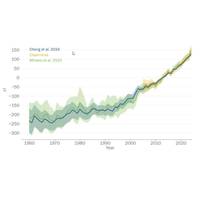
WMO Documents Spiraling Climate Impacts
AcidificationAcidification of the ocean surface is continuing, as shown by the steady decrease of global average ocean surface pH. The most intense regional decreases are in the Indian Ocean, the Southern Ocean, the eastern equatorial Pacific Ocean, the northern tropical Pacific, and some regions in the Atlantic Ocean.The effects of ocean acidification on habitat area, biodiversity and ecosystems have already been clearly observed, and food production from shellfish aquaculture and fisheries has been hit as have coral reefs.Projections show that ocean acidification will continue to increase in the 21st
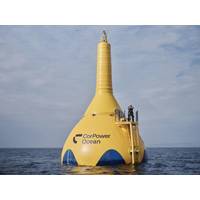
CorPower Ocean, NTNU Join Forces for AI-Based Wave Energy Project
motion and power capture by the phase control system is seen as a key outcome from the HiWave-5 demonstration project.CorPower Ocean Verifies All Key Aspects of C4 Device in Wave Power BreakthroughWave farm projects are being developed by customers using CorPower Ocean’s technology along the Atlantic Arc, including sites in Scotland, Ireland, Portugal and Norway.One project is being developed by Ireland’s state-owned energy supplier, ESB, off the coast of County Clare, following two decades of investigating a wide variety of technologies.The pre-commercial phase of the EU-backed Saoirse
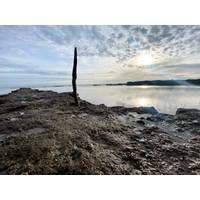
Sewage Contaminates British Waters
centre, are typically overcome with ways to mitigate the impact.But the objections add time, cost and complexity to building projects, a serious challenge for the government as it seeks to trigger a boom in housing and infrastructure construction.Water pollution has also damaged biodiversity.Stocks of Atlantic salmon, which hatch in freshwater breeding grounds in Britain, have hit new lows. The provisional declared rod catch in 2023 was the worst since records began in 1988.The Environment Agency attributed the fall to pollution and sedimentation - just the type of environment the Holmyards had sought
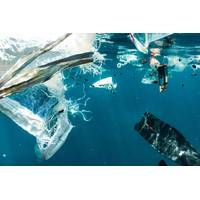
Plymouth Marine Lab: Study Shows Benefits of Cross-Country Plastic Pollution Management
A new study shows cross-country collaboration in tackling marine plastic pollution yields significant economic and environmental returns, up to $36B with a 64% reduction in emitted plastic for countries bordering the North Atlantic.The study focuses specifically on floating macroplastic (larger than 0.5 cm) entering the marine environment via rivers. An estimated 4.8 to 12.7 million metric tons of plastic that enters the global ocean annually, threatening marine ecosystems and biodiversity worldwide.Using data on plastic emitted via rivers with models of the ocean and atmosphere circulation, the

FET Inks Deal to Expand Shallow Water Ops
Forum Energy Technologies' (FET) Subsea Product Line has signed a contract for the sale of an electric Sub Atlantic Super Mohawk II remotely operated vehicle (ROV) and Dynacon Launch and Recovery (LARS) system to a North American subsea organization. The ROV will be used for shallow water operations in the Northeastern United States, marking the company’s first sale for river bed assessments alongside offshore wind farm surveying.FET’s Observation-Class ROV is known for its ability to operate in harsh environments and undertake a wide variety of underwater tasks. It provides high


 February 2025
February 2025





